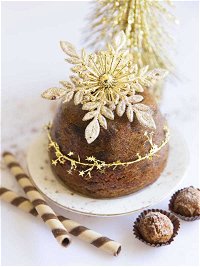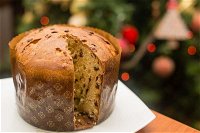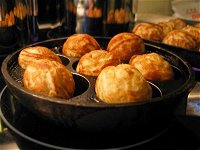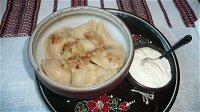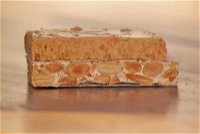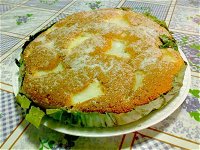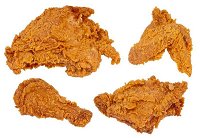
It's Still Tasting a Lot Like Christmas Quiz
For this sequel to an earlier quiz about Christmas treats around the world, I thought we would take a look at some of them. Can you identify each of these, and a country where it is a common part of their Christmas tradition?
by looney_tunes.
Estimated time: 3 mins.
